Visits of Paris.
These visits must be scheduled with you.
Contact us to obtain a quote and agree on a date!
-
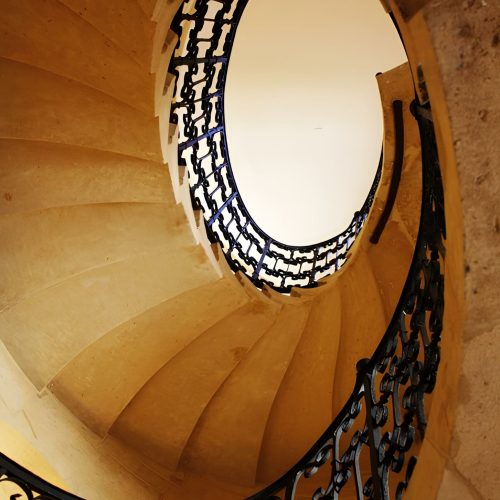
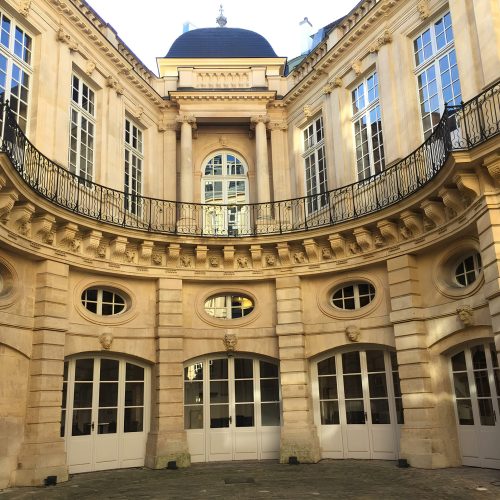 The administrative court of appeal of Paris, located in the hotel de Beauvais, is rarely open to the public. On very special occasion, the court has no session, this is why some reserved areas will be exceptionally open! On the day of the visit, on top of the overall history of the building, we'll be able to admire the magnificent courtyard, the grand staircase, the main court room and special waiting room as well as the rare medieval cellars.
The administrative court of appeal of Paris, located in the hotel de Beauvais, is rarely open to the public. On very special occasion, the court has no session, this is why some reserved areas will be exceptionally open! On the day of the visit, on top of the overall history of the building, we'll be able to admire the magnificent courtyard, the grand staircase, the main court room and special waiting room as well as the rare medieval cellars. -
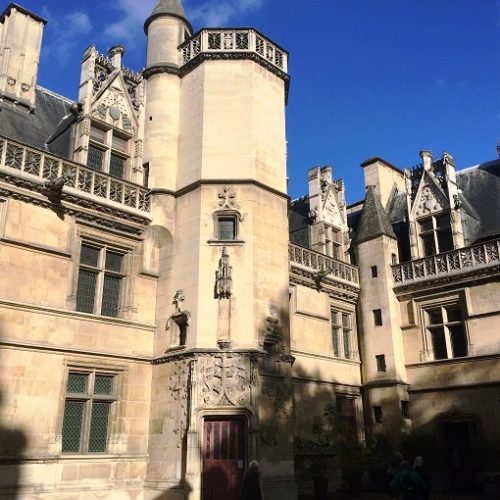
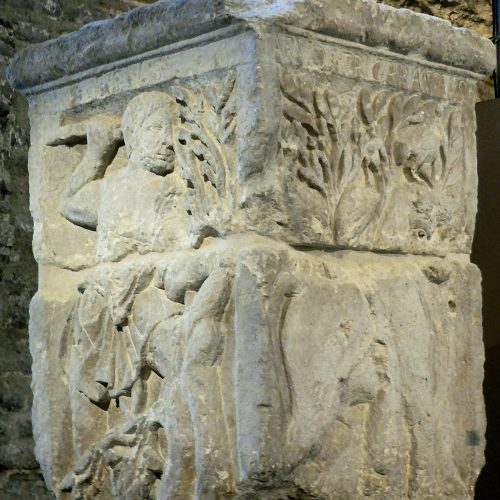 Paris is much older than one might at first think, at least twice as old as Notre Dame. Before the year 1000, there was, in this order: a Gallic settlement, a Roman city, and a Frankish royal capital—visited by people such as Julius Caesar, Julian the Apostate, and Clovis the King of the Franks. Many vestiges of this ancient history are buried today beneath the streets of visible, modern part of town. From the île de la Cité to the ramparts of the 12th arrondissment, we will pass through the Roman Forum and baths before completing the tour at the famous Arenes de Lutece (Lutetia's arenas).
Paris is much older than one might at first think, at least twice as old as Notre Dame. Before the year 1000, there was, in this order: a Gallic settlement, a Roman city, and a Frankish royal capital—visited by people such as Julius Caesar, Julian the Apostate, and Clovis the King of the Franks. Many vestiges of this ancient history are buried today beneath the streets of visible, modern part of town. From the île de la Cité to the ramparts of the 12th arrondissment, we will pass through the Roman Forum and baths before completing the tour at the famous Arenes de Lutece (Lutetia's arenas). -
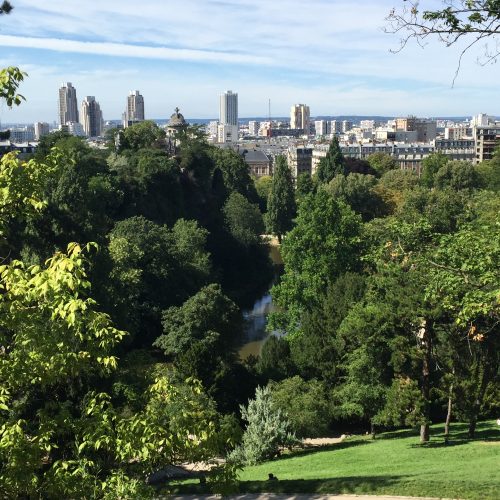
 This walk will uncover a unique place: a small village bordered only with Parisian villas, pedestrian and paved walkways bordered by pretty houses. The whole area surrounded by parks and small gardens. The tour will also take you in one of the last Parisian village, little known to Parisian and hidden in the 19th arrondissement. Nearby, the park of the Buttes Chaumont, created in the 19th century, is considered as the most charming and typically Parisian of all the capital's parks.
This walk will uncover a unique place: a small village bordered only with Parisian villas, pedestrian and paved walkways bordered by pretty houses. The whole area surrounded by parks and small gardens. The tour will also take you in one of the last Parisian village, little known to Parisian and hidden in the 19th arrondissement. Nearby, the park of the Buttes Chaumont, created in the 19th century, is considered as the most charming and typically Parisian of all the capital's parks. -
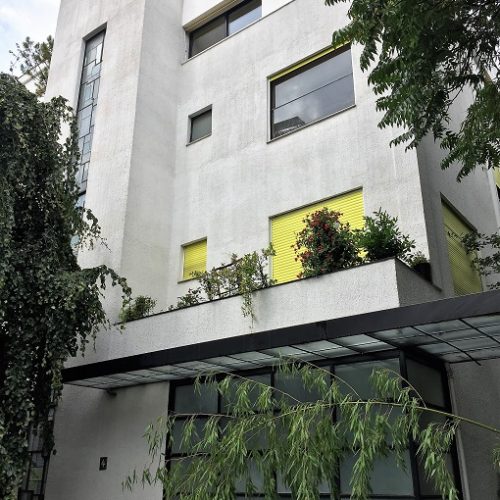
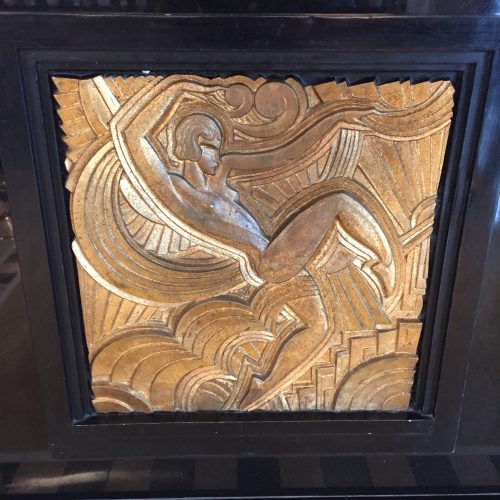 This tour is meant for architecture and interior decoration lovers. A first stretch in Western Paris will recall Art Déco's origins and diffusion, highlighted with several houses built in the same street by key architects. One of these houses will be exceptionally open for a visit of the vast workshop on the ground floor. Just a block away, another amazing place, built by leading 1930's architect Le Corbusier, gives another orientation to modernist style. After a short metro trip, a stop has been arranged in one of the most beautiful and typical restaurants in Paris, rich with anecdotes. Across the street, is another example of Art Deco buildings, directly inspired by American high rise. The end of the tour will take place in a fantastic hotel built as a tribute to the great 1925 Art Déco exhibition, filled with the most refined furniture, frescoes, and decors.
This tour is meant for architecture and interior decoration lovers. A first stretch in Western Paris will recall Art Déco's origins and diffusion, highlighted with several houses built in the same street by key architects. One of these houses will be exceptionally open for a visit of the vast workshop on the ground floor. Just a block away, another amazing place, built by leading 1930's architect Le Corbusier, gives another orientation to modernist style. After a short metro trip, a stop has been arranged in one of the most beautiful and typical restaurants in Paris, rich with anecdotes. Across the street, is another example of Art Deco buildings, directly inspired by American high rise. The end of the tour will take place in a fantastic hotel built as a tribute to the great 1925 Art Déco exhibition, filled with the most refined furniture, frescoes, and decors. -
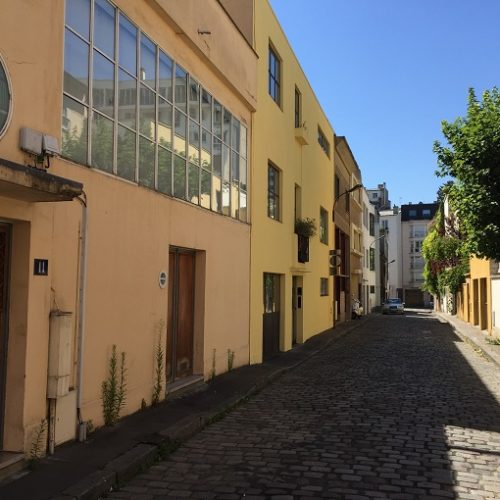
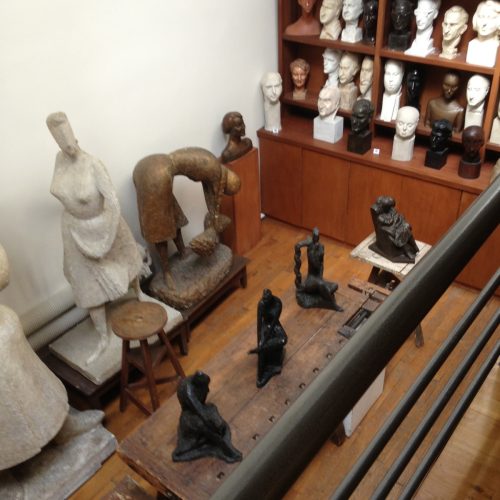 Stroll a few small streets and alleyways around Montsouris park and experience the charm of a neighborhood where one really feel away and far from Paris. Some of the beautiful houses were built for famous artists. Some villas were also used as experimenting new art déco techniques and materials. In a close-by passage, we'll visit the grand house atelier of a sculptor, now turned into a museum after her death (10€ pp).
Stroll a few small streets and alleyways around Montsouris park and experience the charm of a neighborhood where one really feel away and far from Paris. Some of the beautiful houses were built for famous artists. Some villas were also used as experimenting new art déco techniques and materials. In a close-by passage, we'll visit the grand house atelier of a sculptor, now turned into a museum after her death (10€ pp). -
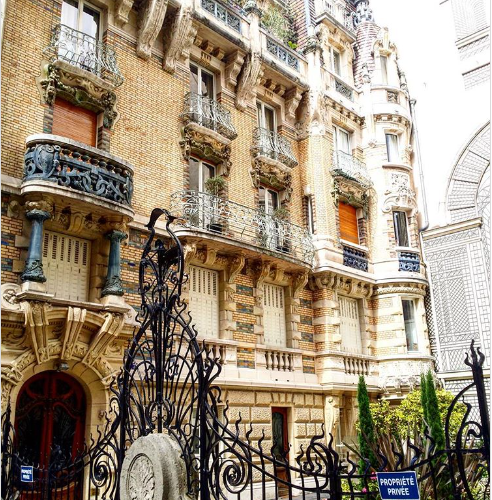
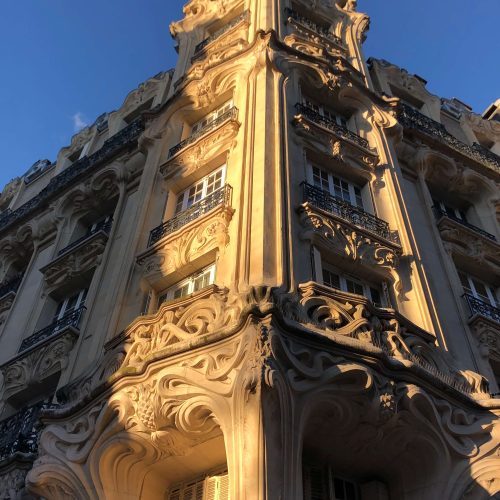 Art Nouveau is a new conception in art that will spread out in Europe between the 1880's up till the First World War, not only in architecture, but also in design and furniture. If many countries will develop their own version, a few architects will in France sign several buildings emblematic and prestigious up to our times. Two routes are proposed to experience the best of Art Nouveau in Paris.
Art Nouveau is a new conception in art that will spread out in Europe between the 1880's up till the First World War, not only in architecture, but also in design and furniture. If many countries will develop their own version, a few architects will in France sign several buildings emblematic and prestigious up to our times. Two routes are proposed to experience the best of Art Nouveau in Paris. -
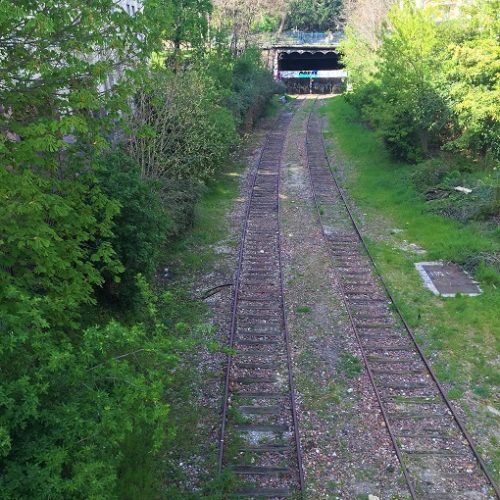
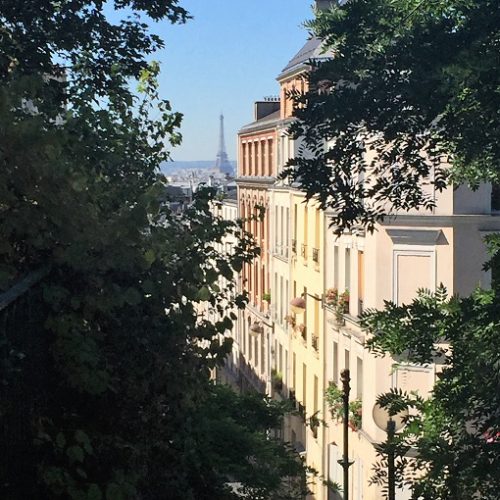 Belleville and Ménilmontant, traditional working class and Parisian areas, have seen a long evolution to now welcome some of the most vibrant and trendy districts of Paris. On top of the most beautiful panorama over Paris, discover artists workshops as well countless street art works. Hidden villas and back alleys lead to pretty squares and architectural beauties hidden behind modern buildings. From the birth place of Edith Piaf to a very colorful food and clothes market, stroll the winding streets of Belleville and encounter a new and true face of Paris.
Belleville and Ménilmontant, traditional working class and Parisian areas, have seen a long evolution to now welcome some of the most vibrant and trendy districts of Paris. On top of the most beautiful panorama over Paris, discover artists workshops as well countless street art works. Hidden villas and back alleys lead to pretty squares and architectural beauties hidden behind modern buildings. From the birth place of Edith Piaf to a very colorful food and clothes market, stroll the winding streets of Belleville and encounter a new and true face of Paris. -

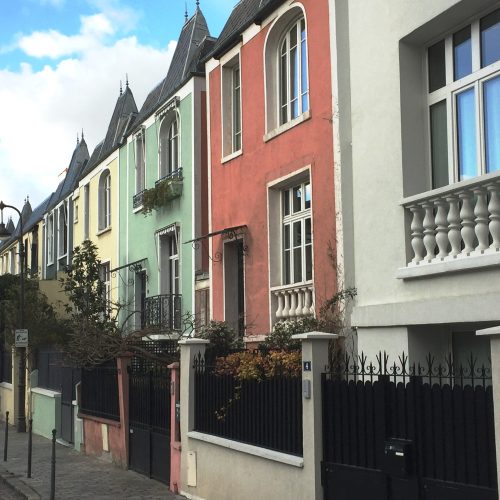 An unforgettable experience is guaranteed as you wander through la Butte aux Cailles, anti-establishment Parisian party district, with it’s restaurants and detached houses that provide an unrivaled Left Bank atmosphere. One of Paris's favorite playgrounds for street artists, the area also boasts of hidden gems and many other peculiarities.
An unforgettable experience is guaranteed as you wander through la Butte aux Cailles, anti-establishment Parisian party district, with it’s restaurants and detached houses that provide an unrivaled Left Bank atmosphere. One of Paris's favorite playgrounds for street artists, the area also boasts of hidden gems and many other peculiarities. -

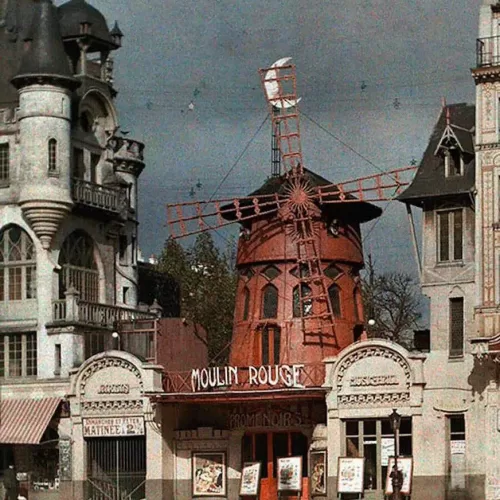 Go back to Montmartre heydays, when dozens of cabarets were lining the Boulevards and people from all over the world flocking there for entertainment! Pictures and music will give you a bright idea of long gone buildings and different type of shows usually on. The tour starts with the small and unusual museum of recorded sound where amazing "talking machines" are showcased, reminding how Montmartre benefited this invention with cafés, dancing halls and cabarets. Learn also how Pigalle became the world famous red light district synonym of entertainment, crime and sex.
Go back to Montmartre heydays, when dozens of cabarets were lining the Boulevards and people from all over the world flocking there for entertainment! Pictures and music will give you a bright idea of long gone buildings and different type of shows usually on. The tour starts with the small and unusual museum of recorded sound where amazing "talking machines" are showcased, reminding how Montmartre benefited this invention with cafés, dancing halls and cabarets. Learn also how Pigalle became the world famous red light district synonym of entertainment, crime and sex. -

 Step into Wenzou, via Hanoi, Pnom-phen or Vientiane at the nearby Choisy triangle, the largest of the four Asian districts of Paris. Many expatriates from former French colonies in Asia own businesses around the commercial area of Olympiades, the heart of the area that has now become the largest Chinatown in Europe.
Step into Wenzou, via Hanoi, Pnom-phen or Vientiane at the nearby Choisy triangle, the largest of the four Asian districts of Paris. Many expatriates from former French colonies in Asia own businesses around the commercial area of Olympiades, the heart of the area that has now become the largest Chinatown in Europe. -
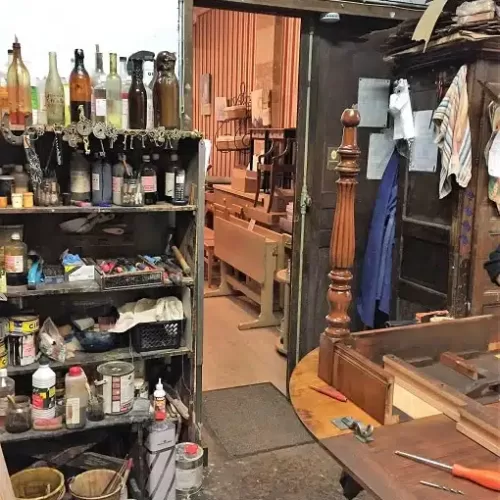
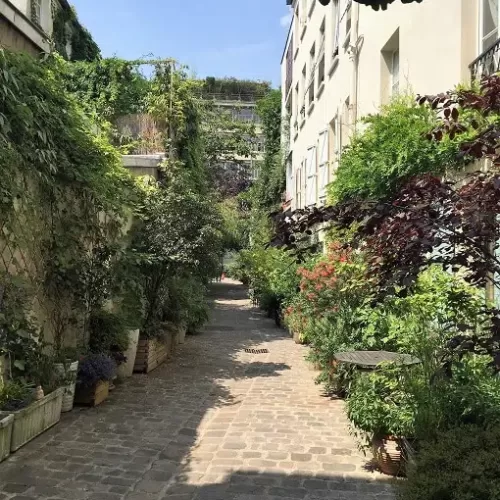 The Faubourg Saint Antoine has gradually developed around the Royal Abbey of Saint Antoine des Champs, but the bulk of its activities developed when the wood craftsmen settled in this neighborhood. In the early 18th century, over 500 carpenters’ and cabinet makers’ shops thrived in the area thanks to royal commissions and the activity of the abbey. These traditions still exist; although manufacturers are increasingly rare to find, replaced by promoters' lofts or convenient stores. A meeting is organized with one of the last woodcrafters in his hidden workshop!
The Faubourg Saint Antoine has gradually developed around the Royal Abbey of Saint Antoine des Champs, but the bulk of its activities developed when the wood craftsmen settled in this neighborhood. In the early 18th century, over 500 carpenters’ and cabinet makers’ shops thrived in the area thanks to royal commissions and the activity of the abbey. These traditions still exist; although manufacturers are increasingly rare to find, replaced by promoters' lofts or convenient stores. A meeting is organized with one of the last woodcrafters in his hidden workshop!


